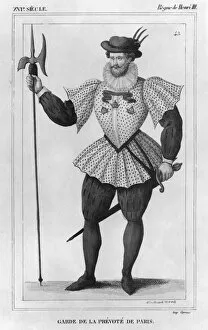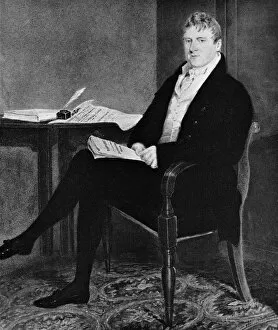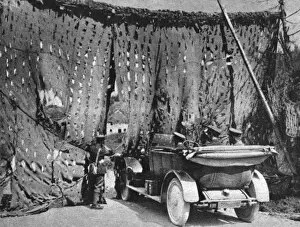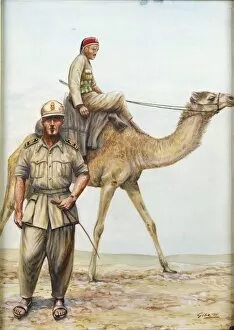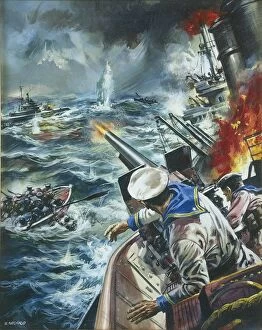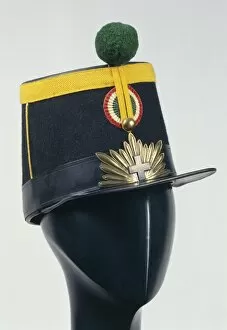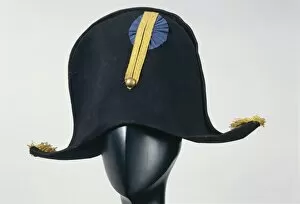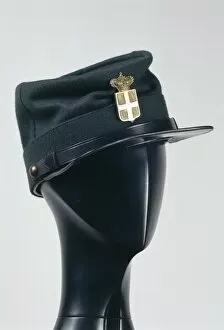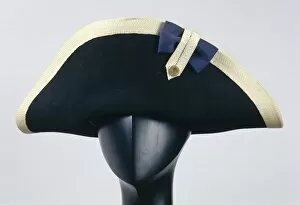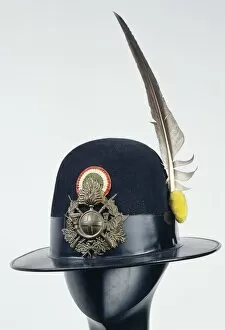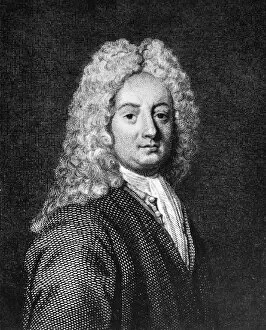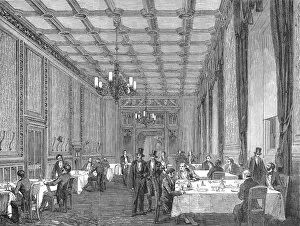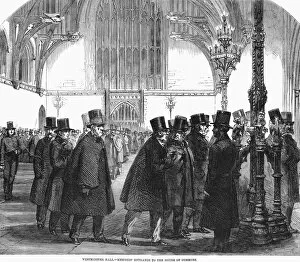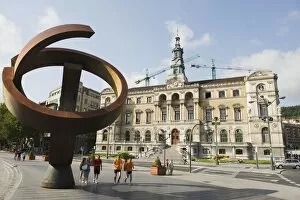Military Police Collection (page 2)
The military police have always played a crucial role in maintaining order and discipline within the armed forces
For sale as Licensed Images
Choose your image, Select your licence and Download the media
The military police have always played a crucial role in maintaining order and discipline within the armed forces. From their early beginnings to modern times, these dedicated individuals have been responsible for upholding the law and ensuring the safety of both soldiers and civilians. In February 1863, at Aquia Creek, the Provost Marshals Office was bustling with activity. Alexander Gardner captured this momentous scene in an albumen print, showcasing the importance of this establishment during that time period. Sketches of the Military Police of Burmah provide us with a glimpse into their operations in another part of the world. Engravings depict them carrying out their duties diligently, maintaining peace and security amidst challenging circumstances. A black-and-white photograph from around 1890 showcases mounted infantry bringing dacoits to justice. This image serves as a testament to the bravery and determination displayed by these military police officers as they confront dangerous criminals. Engravings depicting Military Police personnel in Upper Burmah highlight their presence across different regions. These illustrations demonstrate how they were instrumental in safeguarding communities against threats and enforcing law and order effectively. During various historical periods, gendarmes on horseback were an iconic sight. Colour engravings from 1807 and lithographs from around 1812 capture these gallant figures patrolling streets while ensuring public safety—a visual representation of their commitment to duty. Photographs taken during The Transvaal War show troops on active service alongside military police personnel. These images serve as a reminder that even amidst conflict, there are those who work tirelessly behind-the-scenes to maintain stability within chaotic environments. The Harley Davidson WLA motorcycle used by military police is showcased in CM29 5504—aptly named "The Liberator. " This powerful machine symbolizes not only mobility but also freedom from any threat or danger posed towards soldiers or civilians alike. At Military Police Headquarters in 1914, officers gather for strategic planning sessions—an image that reflects their dedication to maintaining order and discipline within the ranks.

